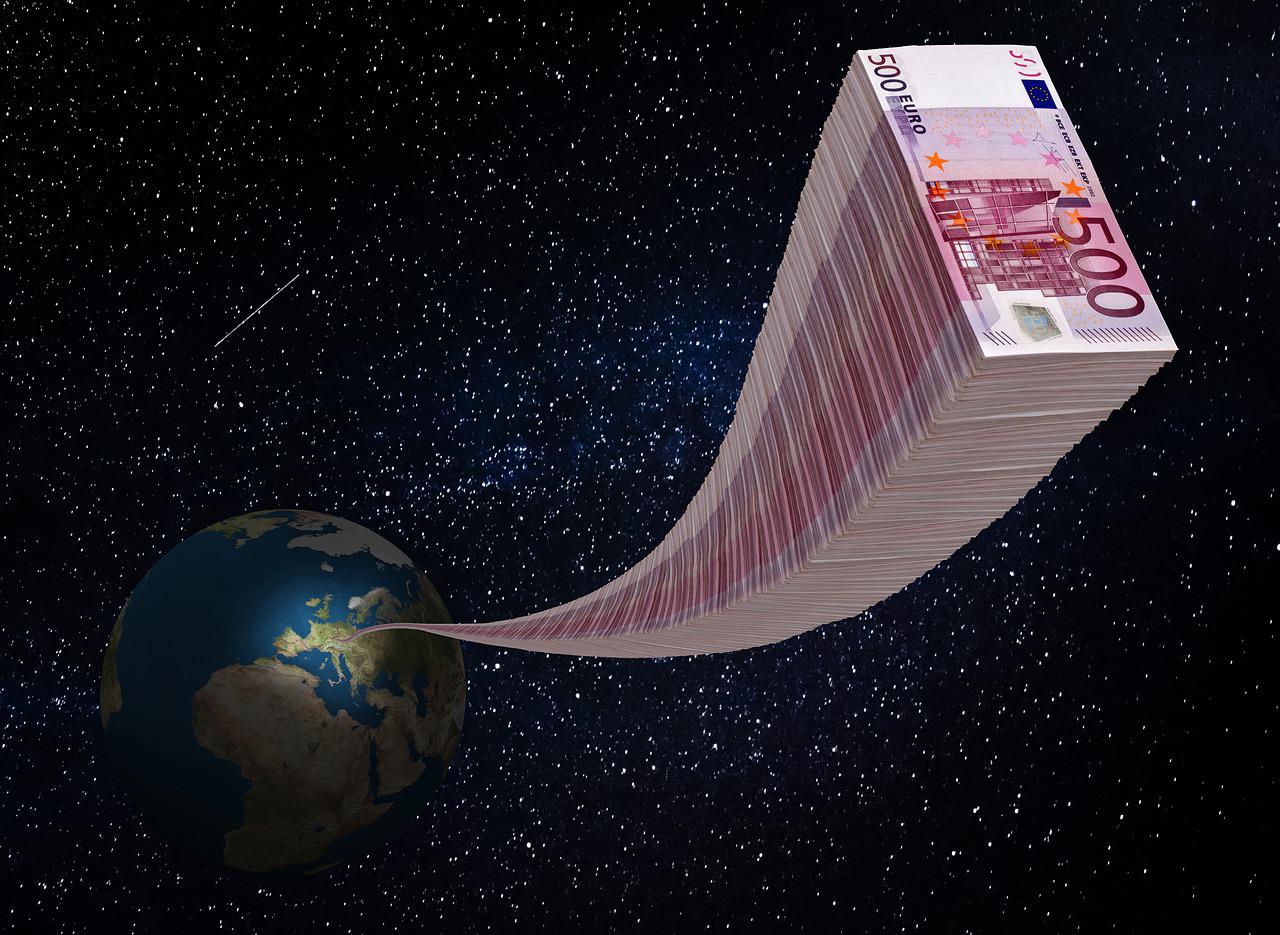Asked if money makes us happy, economists have disagreed.
But now an “adversarial collaboration” finally has an answer.
Money and Happiness
Past Studies
In a 2010 paper, Nobel laureates Daniel Kahneman and Angus Deaton concluded that we plateau somewhere between $60,000 and $90,000. As income rises to as much as $90,000, we get happier. But then after, earning more, we feel no better.
By contrast, 11 years later, a University of Pennsylvania researcher reported that more income correlated with more happiness. Using his “Track Your Happiness” app, Matthew Killingsworth had participants express how happy they felt at random times during the day. When the app “pinged,” they had to answer questions that included their position on a feelings scale that ranged from “very good” to “very bad.”
At this point, yet another year to return to is 1974 when we first heard the Easterlin Paradox. The Easterlin Paradox tells us that inside a country and between them, once basic needs are satisfied, more income beyond $75,000 brings no more happiness. Disagreeing, Justin Wolfers and Betsey Stevenson said, “…we find no support for this claim.” However, Wolfers and Stevenson take a baby step away from happiness by focusing on life “satisfaction.”
The Adversarial Collaboration
Now, working with a professor that served as their arbiter at the University of Pennsylvania, Kahneman and Killingsworth tried to decide if we do or do not plateau. In their new paper, they tell us they can agree by observing two cohorts: a happy group and those that are unhappy. The happy people continue feeling better as their wealth ascends. But the individuals that have more sadness tendencies are positively affected until annual income hits $100,000. And then, they are the ones that plateau.
Or, as Dr. Killingsworth explained, “…if you’re rich and miserable, more money won’t help. For everyone else, more money was associated with higher happiness to somewhat varying degrees.” Adding more detail, the arbiter of the study said, “…For those in the middle range of emotional well-being, happiness increases linearly with income, and for the happiest group the association actually accelerates above $100,000.”
Our Bottom Line: At the Margin
Economists like to say that they are always observing the margins in our lives. As the (imaginary) line where we do more or less of something, the margin locates our decisions. When we decide to study for an extra hour or hire another employee, we are at the margin.
In the Penn adversarial collaboration, they discovered several margins. To make sense of the different results from 2010 and 2021, they needed to differentiate the miserable people from those who were happy. Otherwise, for their thousands of data points, the combined results created a contradiction. But once they knew they were looking at a happy majority and an unhappy minority, they could see where their results were really similar.
My sources and more: Thanks to my Knowledge at Wharton newsletter for alerting me to the new happiness results. From there, this paper had the firsthand results.







There are two problems with these happiness studies. The first is that they don’t isolate the principal component of happiness, which is security. Chronic worry about finances not only causes unhappiness directly, but also generates physical positive (unhappiness) feedback via cortisol.
The second problem is failure to disentangle level from rate. Assimilation of current wealth and living standard into worries about security will erode the plateau effect. In short, ever rising wealth (even very slowly rising) is often required for happiness.